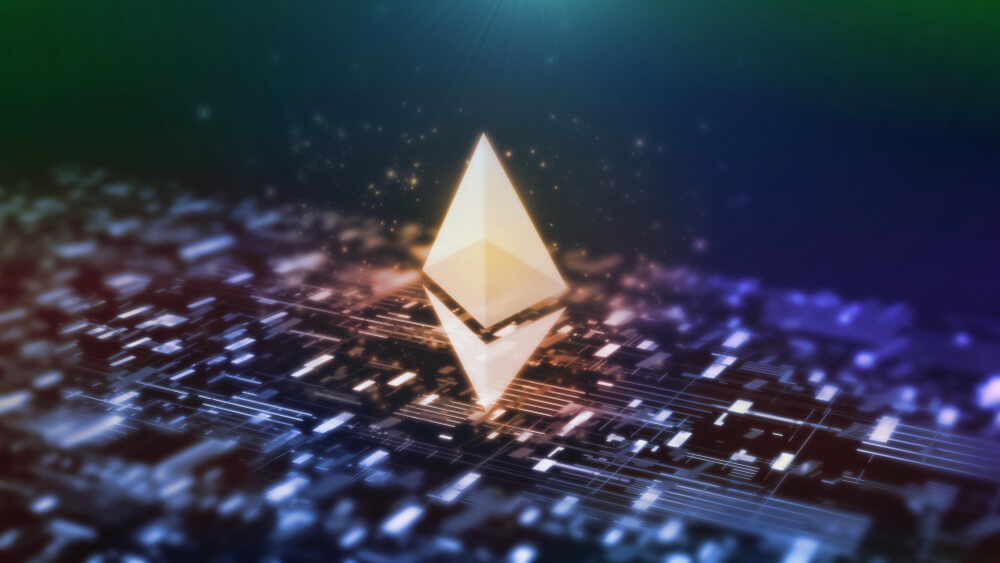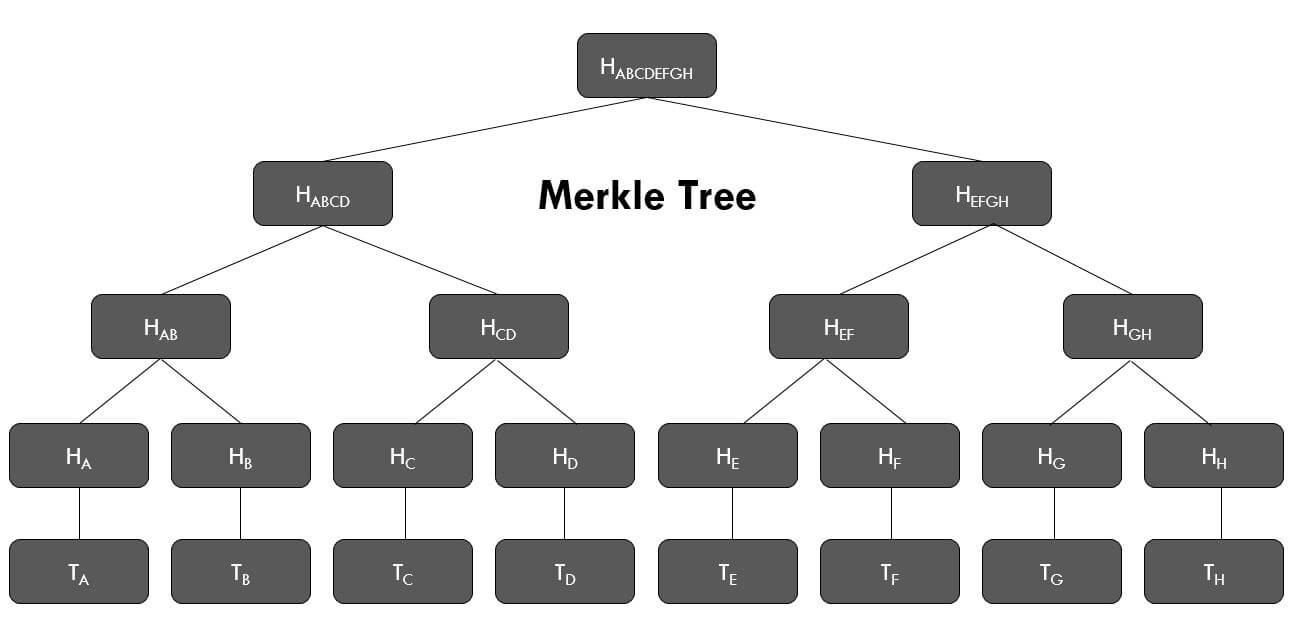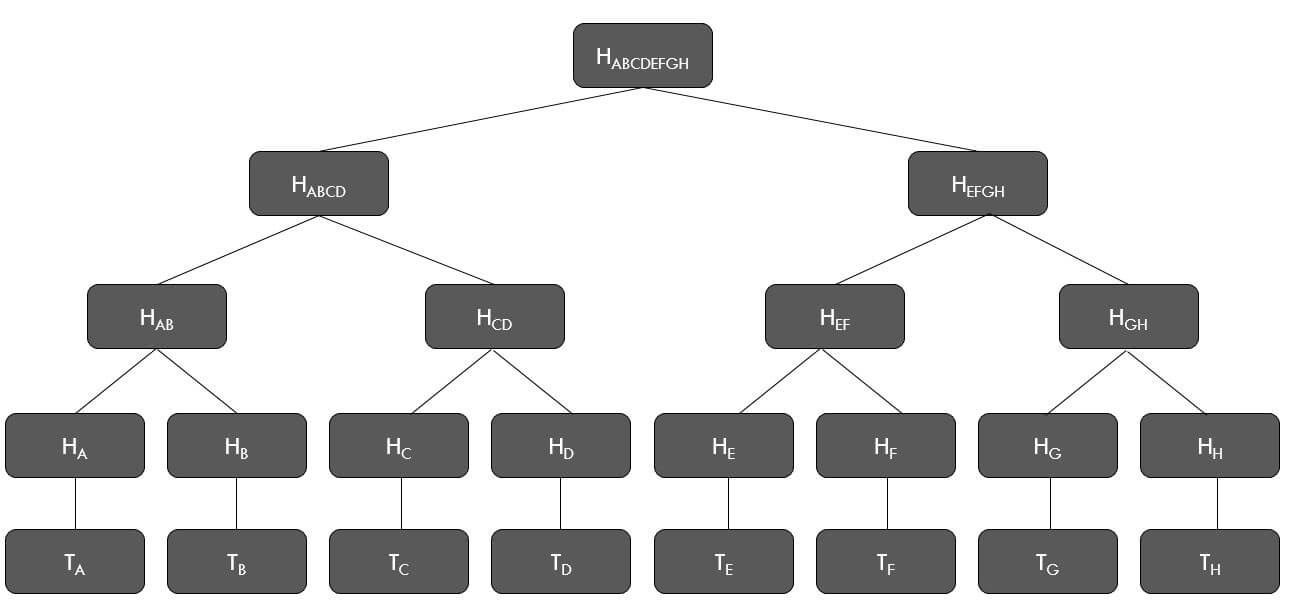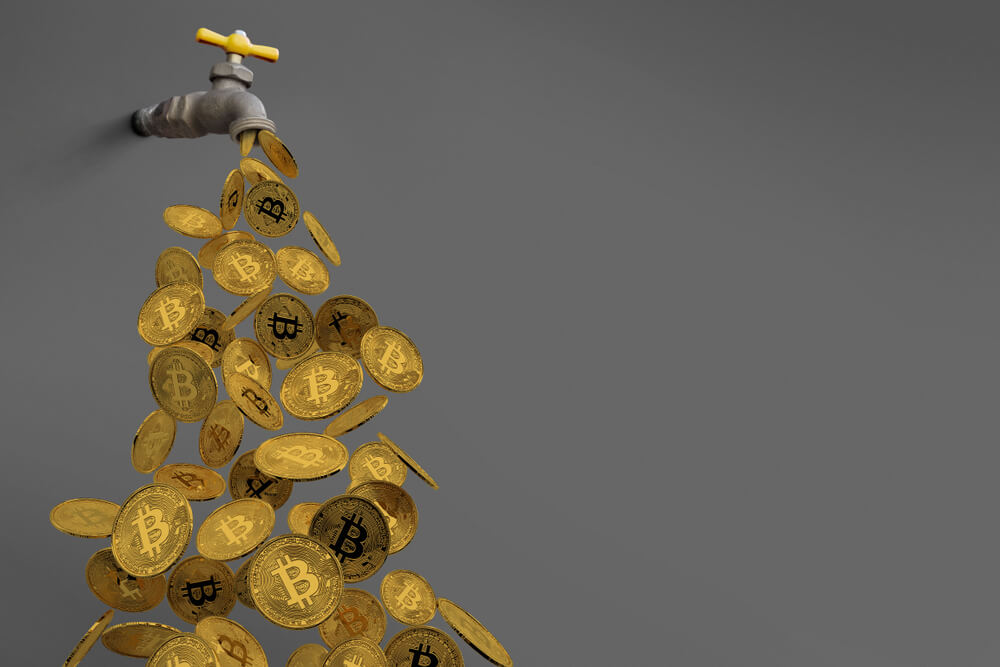Introduction
ERC-20 tokens are dedicatedly used on the Ethereum platform. These tokens represent a wide range of digital assets and feature value and can be used as a mode of transaction. Presently, there are over 200,000 ERC-20 tokens available on the Ethereum blockchain. It is an official protocol, which extends advancements in the Ethereum network. ERC is an abbreviation for Ethereum Request for Comment, and the 20 is referred to as the proposal identifier.
The Core ERC-20 Standard
Creating a smart contract on the Ethereum blockchain is quite simple. This allows users to create different forms of tokens. The standard basically offers core functionality to transfer and allow tokens to be authenticated so that other on-chain third parties can use them. The standard interface enables tokens on this platform to be used again by other applications.
The ERC-20 standard is basically a list of events and functions that each contract needs to integrate to adhere to the standard. The name, behaviour, supply, and ticker of the contract can differ from one another, but they need to execute the core functions of ERC-20.
Smart Contract and Ethereum
Smart contracts are leveraged to generate ERC-20 tokens. They are also used to execute transactions of these tokens and record token balance information. These contracts are written in the programming language centring on the “If-This-Then-That” approach. Once the tokens have been created, they can be traded, spent, or offered to other parties. These tokens are basically universal languages that are used by all the tokens present in the Ethereum network. The unified approach allows trading of one token with another.
How to Send and Receive ERC-20 Tokens?
When sending an ERC-20 token, you are indicating the token contract to initiate a transfer operation. To execute a contract on Ethereum blockchain will need a fraction of Gas (Ether). Considering that Ether is used during the process, it is vital to ensure that the users have sufficient Ethereum Balance.
Moreover, people can receive ERC-20 tokens by sending their wallet address. Considering that these tokens only exist in Ethereum blockchain, users can only use Ethereum addresses.
Benefits of ERC-20 Tokens
There are tons of benefits that ERC-20 offer that we would not find in any other tokens. It envisions to optimise the usage of the accounts by making transactions more efficient and convenient. By amalgamating different sources, these tokens create an ideal zone for constant token creation. And when it comes to efficiency and speed, ERC-20 stands at the forefront. And this is the reason why tokens hold such a massive adoption.
Efficiency and speed are two important facets of cryptocurrency trading, and ERC20 tokens do not disappoint in this regard. Its core structure offers unparalleled speed and efficiency. This easy to use token makes it easier for traders to leverage most of the blockchain technology.
It is not challenging to acquire ERC20 tokens these days; we can even develop it ourselves. It is considered one of the best payment methods for businesses, and its streamlined process makes the transactions easier for both sender and receiver. Cheers!





 In the case of cryptos, there exists a computer program that emails you at specific intervals and waits for your reply. If the program does not receive any reply from the sent email, it then automatically checks for death certificates of the account holder. If it finds such a record and does not receive any email, the program will transfer the coins in the wallet to the specified wallet mentioned by the account holder during the time of set up.
In the case of cryptos, there exists a computer program that emails you at specific intervals and waits for your reply. If the program does not receive any reply from the sent email, it then automatically checks for death certificates of the account holder. If it finds such a record and does not receive any email, the program will transfer the coins in the wallet to the specified wallet mentioned by the account holder during the time of set up.




